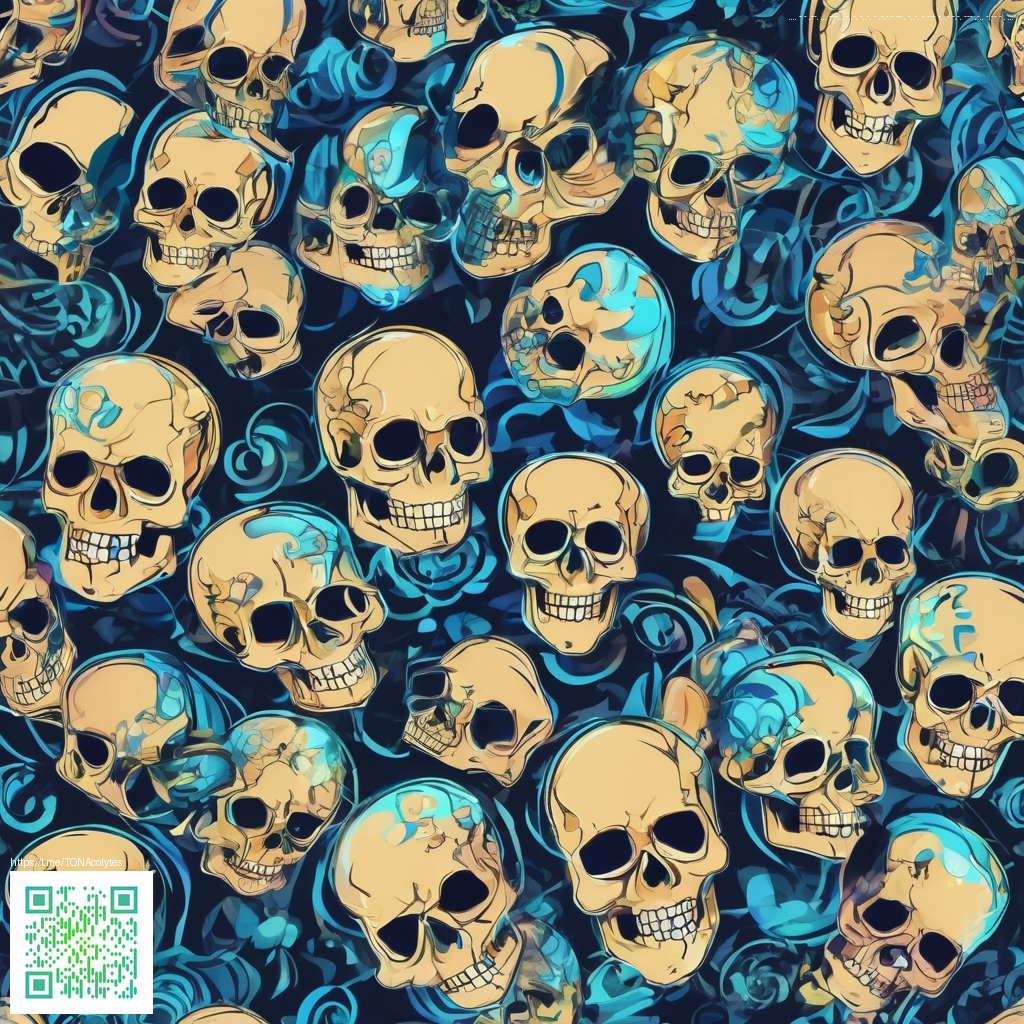
Designers and artists increasingly turn to AI prompts to generate textures that feel tactile and real, yet play nicely across digital surfaces. When you’re aiming for seamless, tileable paper textures, it’s not enough to describe a single patch of grain—you need guidance that carries from one edge to the opposite, creating a loop that your software can repeat without noticeable seams. This article dives into practical prompts and workflows, helping you coax AI into producing paper textures that tile effortlessly while still offering character and depth.
“The secret isn’t just a pretty patch of grain — it’s edges that whisper the same story as the center,”
Think of AI texture work as a dialogue between structure and spontaneity. You guide the model with repeatable patterns, then let randomness fill in the rest. With careful prompts, you can generate textures that look like cold-press, laid, or newsprint, yet remain perfectly tileable when repeated across surfaces from UI panels to print proofs.
Foundational prompts for tileable paper textures
Begin with concrete material descriptors and edge-friendly attributes. Prompt components you’ll want to experiment with include:
- Base material: "thin cotton rag paper, cold press, laid texture" or "watercolor paper with subtle tooth"
- Color and tone: "soft ivory, warm off-white, neutral grey," with a note like "low saturation" to keep the texture versatile
- Grain and fiber: "fine grain, delicate fiber direction, random specks"
- Surface imperfections: "gentle creases, tiny fibers along edges, faint mottling"
- Tileability hints: "seamless tiling, edge-blend pattern, wrap-around texture"
- Lighting cues: "soft directional light, subtle shading, no harsh highlights"
As you refine, add guidance for repetition and edge continuity. Phrases like “edge to edge consistency,” “wrap-around tile,” or “seamless border” push the model toward outputs that naturally extend without seams. If you plan to layer textures, keep your seeds consistent across layers so the grain’s direction and speckle density align when combined.
Layering for depth and realism
Real paper isn’t flat. To simulate depth, you can prompt the model to introduce layered textures: a base tile with faint grain, overlaid by micro-creases or speckle, and finally a whisper of aging along the edges. Use prompts such as:
- "base tileable texture with fine grain"
- "add a second layer with subtle specks and micro-creases"
- "apply aging hints at the borders only, 2–3% opacity"
- "rotate layers slightly between tiles to avoid obvious repetition"
- "maintain consistent density across edges to preserve seamlessness"
Tip: test tileability early and often. If the seams look obvious in any orientation, adjust the edge blending and re-run with tighter edge constraints.
Beyond grain and creases, consider color-tint options to match your project’s mood. A cool, neutral beige might work for a modern UI, while a warm ivory could anchor printed materials. The key is to keep the color consistent enough to feel natural when repeated, yet flexible enough to adapt to different lighting scenarios in your designs.
A practical workflow you can start today
- Define your base: select a paper type and a simple grain pattern (e.g., "soft laid, fine grain").
- Instruct the model to produce a tileable patch: emphasize seamless edges and wrap-around capabilities.
- Generate several variants with small seed changes to gather options for tone and density.
- Layer textures: begin with the base tile, then add a secondary layer of specks and subtle creases.
- Test in context: apply the textures to mockups to verify how they read at different scales and lighting.
- Export a tile set with multiple resolutions to suit web, print, and 3D applications.
When you’re ready to prototype in a real workspace, pairing these textures with compact desk accessories can help you visualize how digital textures translate to physical layouts. For a practical on-desk setup, you might consider this Mobile Phone Stand Two Piece Wobble Free Desk Display as a reference point for scale and rhythm in your mockups. If you’d like to explore a broader library of prompts and examples, this resource offers a curated collection: https://1-vault.zero-static.xyz/e6d4b68e.html.
Similar Content
Related resource: https://1-vault.zero-static.xyz/e6d4b68e.html